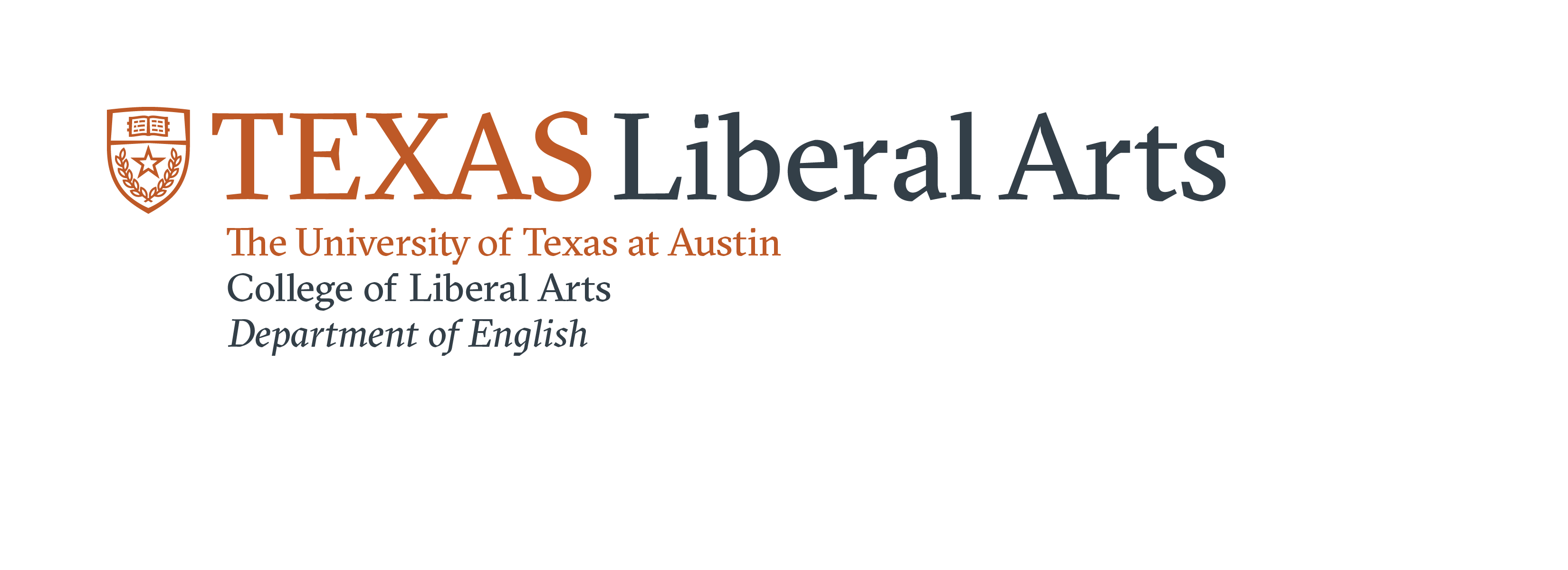INDIGENOUS HISTORIES: REEVALUATING THE PAST AND ASSESSING THE PRESENT
EDITED BY COURTNEY WELU
In Preoccupied: Indigenizing the Museum, Dare Turner and Leila Grothe discuss their choice of the word ‘Indigenizing’ to describe the critical work they do in creating space for Native artists in the museum world. ‘Decolonization’ does not serve their purposes, as it centers colonizers; Turner writes that “it denies Native representation as a living, evolving cultural force and it flattens a wide range of experiences and neglects the future.” These four reviews grapple with the limitation of language to describe Indigeneity while focusing on works that attempt to center Indigenous people and communities as the tellers of their own histories, active players in the present, and shapers of their futures.
Lauren Bellatti’s review of Killing Over Land: Murder and Diplomacy on the Early American Frontier by Robert M. Owens addresses early colonial violence in the Americas, tracing the history of how Indigenous tribes and white settlers overlooked murder and the value of human life in favor of gaining land and resources. Bellatti lays out Owens’s case studies of legal documents and the surprising avenues of diplomacy, negotiation, and retaliation on the frontier. She also offers a critique of Owens’s decision to Indigenous people as Indians without accounting for why, pointing out Owens’s own observation that language “has distinct material consequences.”
James Bezotte’s review, meanwhile, takes us from the American frontier all the way to Standing Rock in Our History is the Future: Standing Rock Versus the Dakota Access Pipeline, and the Long Tradition of Indigenous Resistance by Nick Estes. Similarly, Bezotte shows us how Estes considers the “history of relationships” between Indigenous tribes and the United States by drawing on various methods of historical documentation. Asserting that settler colonialism is “a structure, not an event” that attempts to eliminate Native lives, the book illustrates how these colonial histories and Indigenous resistances in North America create opportunities for solidarity.
Courtney Welu’s review of Preoccupied: Indigenizing the Museum, edited by Dare Turner and Leila Grothe, focuses on how these histories play out within a specific context: the colonial institution of the museum. Her review navigates how Turner, Grothe, and their various artistic Indigenous collaborators make and create art that addresses the often violent and oppressive histories of colonization while making space for Native voices and experiences in museums today. The multiplicity of Indigenous voices that lent themselves to the artistic endeavor of Preoccupied, which is an exhibition at the Baltimore Museum of Art as well as a book, do the necessary work of showcasing Native lives in the present moment.
Finally, Paige Welsh addresses a non-American Indigenous context in her review of Anarchy and the Art of Listening: The Politics and Pragmatics of Reception in Papua New Guinea by James Slotta, who “offers a reflexive ethnography of the [Yopno] community’s critical listening skills.” Slotta is invested in the power of listening as an anarchic tool of the Yopno people who are receptive and open to knowledge-building while still remaining skeptical of third-party influences such as NGOs, mining companies, and the church. Welsh illustrates how Slotta, as a white ethnographer, is able to embrace Indigenous ontologies, while inviting him to engage with the rhetoric discipline’s long history of scholarship on listening.
All four reviews attempt to reconcile the difficult and violent histories of colonization with the forward-looking approach of how Indigenous communities today make spaces for themselves and use their voices to continue the fight against Western imperialism.

